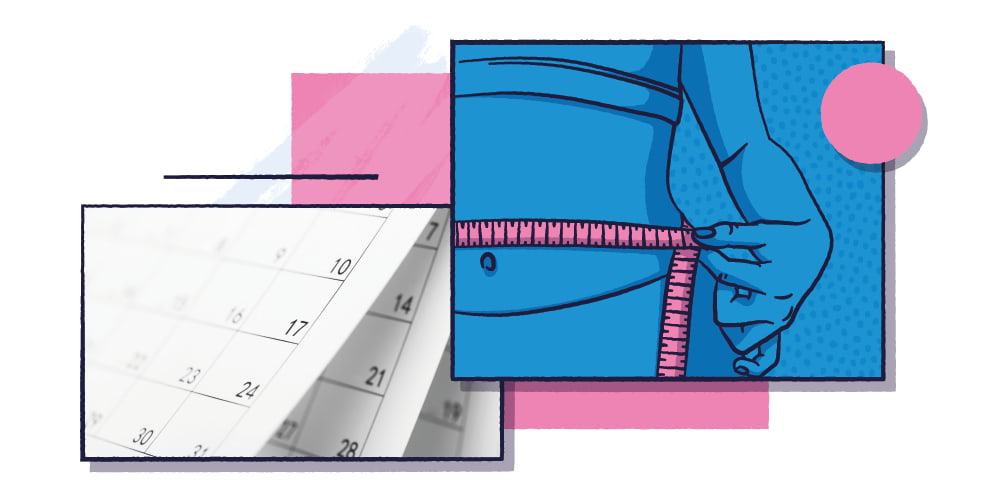When deciding to lose weight, it’s important to set yourself realistic and achievable goals, and to go about it in a healthy way. It’s easy to be seduced by fad diets and plans that promise rapid weight loss, but these don’t offer a realistic or healthy approach.
An effective weight loss plan should be about making lifestyle changes in both diet and exercise that you can stick to. Quick fix plans that promise fast and easy weight loss aren’t sustainable and can often lead to regaining weight in the end.
Can I lose 10lbs in a week?

While it may be possible to lose 10lbs in a week, the results will likely be short-term and won’t necessarily lead to sustained weight loss. A drastic reduction in calorie intake would be needed, meaning some of the weight lost will also be retained water as well as running the risk of nutritional deficiencies.
Many diet plans promise the ability to lose a large amount of weight in a short time, but none represent a healthy or sustainable approach to weight loss.
What is healthy weight loss?
Healthy weight loss is all about ensuring you’re getting the nutrition you need while reducing your overall calorie intake. You should aim to lose around 1lb to 2lbs (0.5kg to 1kg) a week, following a plan that means you can make realistic changes to your daily diet. This means reducing your calorie intake to around 1,900kcal per day for men, and 1,400kcal for women.
A change in diet should be accompanied by an increase in physical exercise, which will help you to maintain a healthy weight in the long-term. You should aim for at least 150 minutes of moderate exercise a week, which means raising your heartbeat and breaking a sweat to really get the benefit.
The amount of physical exercise you do also depends on your age group, so for adults over 65 the amount of time per week can be reduced.
Tracking your weight loss
There are different ways to track healthy weekly weight loss, and you can adapt your method to suit your needs. If your weight loss plan includes a high amount of exercise and working out, purely measuring your weight might not give you the results your want as muscle weighs more than fat.
Instead, you could track your waist or hip circumference to see the effects your new lifestyle is having on your body, recording the change in measurements. Just make sure you always measure at the same point: just above your belly button for your waist, and around the largest part of your hips.
You can find more tips on ways to measure your progress with our weight loss calculator.
The health benefits of weight loss
However modest your weight loss goals, losing even a small amount can have great benefits for your health. Losing around 5% of your body weight can result in reduced risk of health problems linked to obesity, such as high blood pressure, joint pain, and type 2 diabetes.
You should be realistic when making long-term weight loss goals and think about what it is you want to achieve. If your goals are based on the need to improve or avoid health issues, you should make these in consultation with your doctor to ensure you’re losing the appropriate amount of weight safely.
The important thing to remember is that weight loss isn’t easy and takes a great deal of commitment. You should focus on making small and realistic changes to your diet and lifestyle at first, and not to expect results overnight. If you can make changes and stick to them for three months, this will really help you to form new habits and make maintaining a healthy weight easier in the long run.